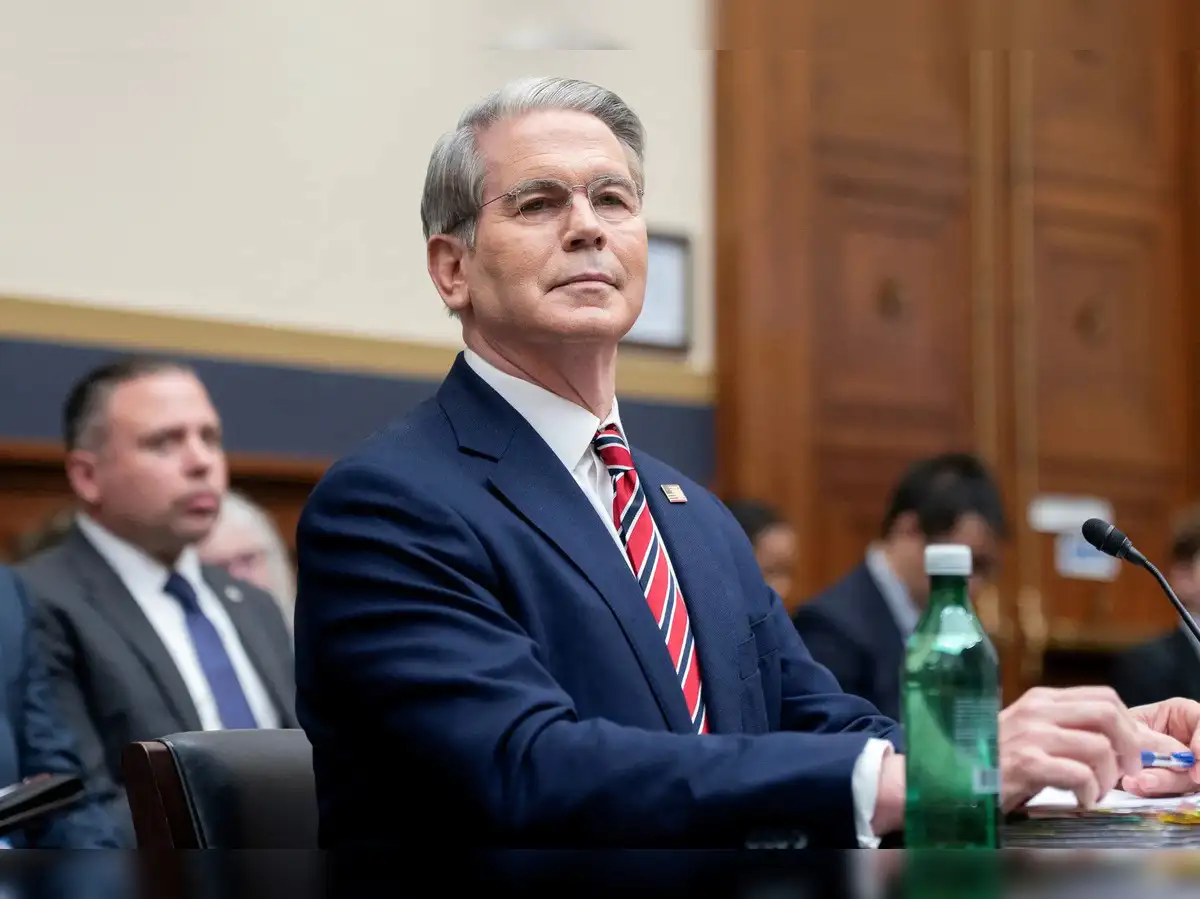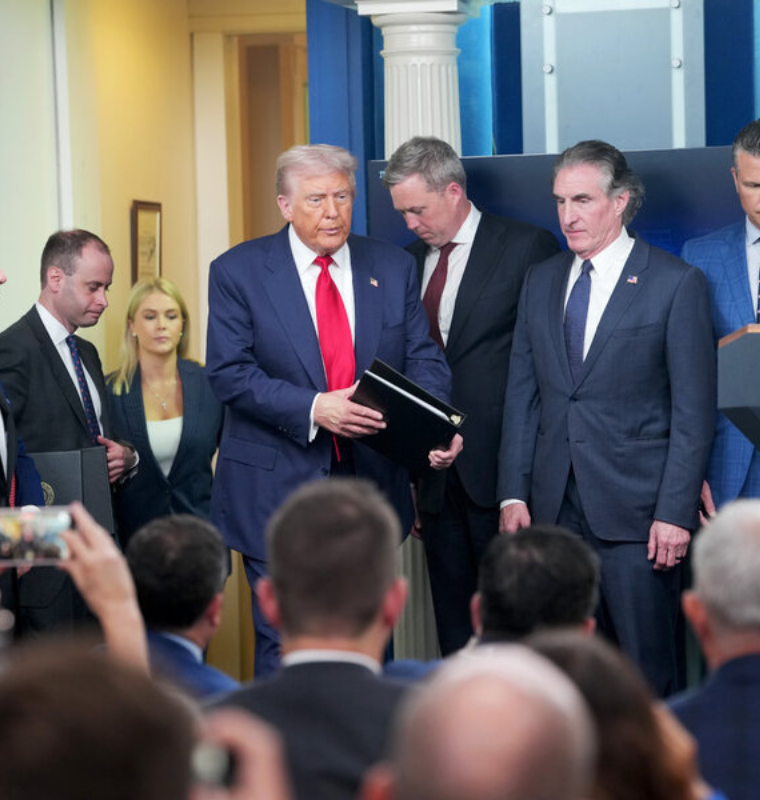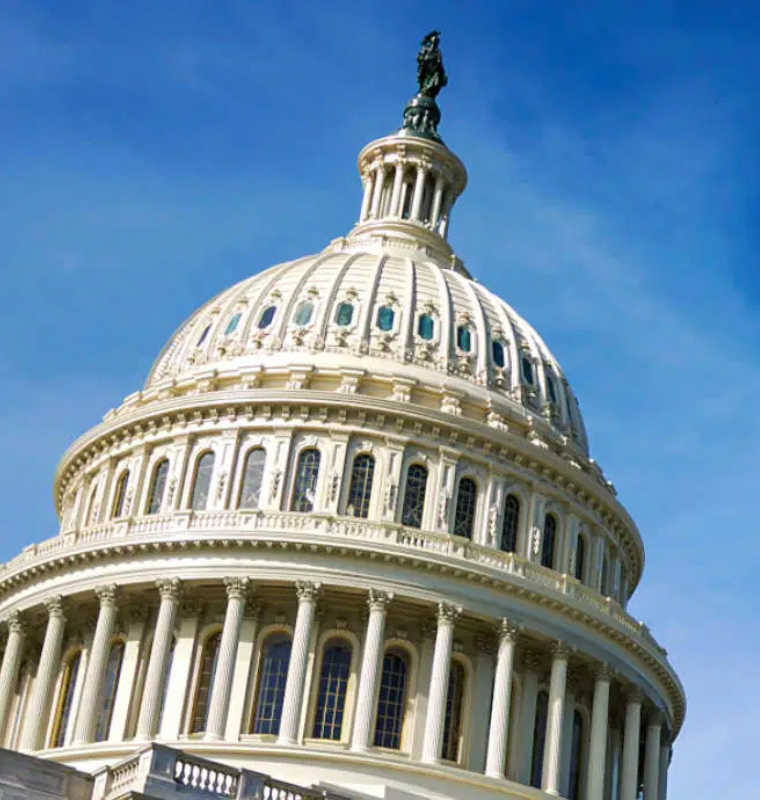Bessent Signals August 1 Tariffs Meant to Pressure Trade Partners Into Better Deals
Bessent Signals August 1 Tariffs Meant to Pressure Trade Partners Into Better Deals
By
Leah Rosenfeld
Last updated:
July 22, 2025
First Published:
August 6, 2025

Photo: The Economic Times
U.S. Tariffs Set for August 1: Pressure or Policy?
Treasury Secretary Scott Bessent has indicated that the imposition of steep tariffs on U.S. trading partners starting August 1 is designed not as a firm deadline, but as a strategic lever to push countries toward more favorable trade agreements with the United States.
In an interview with CNBC on Monday, Bessent said the administration believes that “a higher tariff level will put more pressure on those countries to come with better agreements.” He reiterated the White House’s stance that the quality of trade deals is more important than rushing to meet arbitrary deadlines.
A Negotiating Tool, Not a Deadline
Since President Donald Trump’s April 2 "Liberation Day" announcement, which originally introduced the idea of sweeping tariffs on top trading partners, the administration has postponed the tariff deadline three times. The latest date—August 1—is now being described less as a cutoff point and more as a tactical milestone in ongoing global negotiations.
“We’ll see what the president wants to do,” Bessent said when asked whether the deadline could shift again for countries making active progress at the negotiating table. “But again, if we somehow boomerang back ... I would think that a higher tariff level will put more pressure on those countries.”
Bessent’s comments highlight a broader Trump administration strategy that uses uncertainty and economic leverage as tools in bilateral trade talks.
Tariffs Could Reach 40%, Stirring Market Anxiety
The tariffs under consideration are not small. Some could reach as high as 40%, targeting industries from automotive to electronics to agriculture. While the administration claims this pressure tactic will lead to “fairer” deals, many economists warn that such high tariffs could backfire—hurting not just foreign economies, but the U.S. consumer and manufacturing sectors as well.
Markets remain conflicted. Importers and global investors are split between preparing for the tariffs to actually take effect, and betting that Trump will delay them yet again, as he’s done previously.
Administration Officials Double Down
Despite this ambiguity, other top officials are drawing a hard line. Commerce Secretary Howard Lutnick said Sunday that while dialogue can continue beyond August 1, tariffs will begin collecting immediately on that date.
“Nothing stops countries from talking to us after August 1,” Lutnick said, “but they’re going to start paying the tariffs.”
Bessent echoed the sentiment but remained focused on outcomes, not optics. “We’re not going to rush for the sake of doing deals,” he said, underscoring that deals done under pressure must still be “high quality” and beneficial to U.S. interests.
He also warned that the tariff levels could “boomerang” back to their April 2 levels if partners backtrack or delay meaningful concessions.
The Bigger Picture: Strategic Trade Positioning
The Trump administration’s tariff strategy is part of a broader reworking of the U.S. trade posture—one that favors bilateral agreements over multilateral frameworks and uses the threat of economic pain to extract better terms.
Supporters say this approach has brought key trading partners back to the table, as seen with concessions from Mexico, Vietnam, and South Korea in previous rounds. Critics, however, warn that sustained uncertainty and high tariffs may trigger retaliatory measures, disrupt global supply chains, and accelerate inflation at home.
According to a report by the Peterson Institute for International Economics, tariffs at the 30–40% level could cost the average U.S. household $1,200 to $1,500 annually if sustained, due to higher prices on consumer goods and imported materials.
Final Thoughts
With the August 1 deadline looming, the administration finds itself walking a fine line between assertive trade policy and economic brinksmanship. Whether Trump ultimately enforces the tariffs or pulls back at the eleventh hour, the message from Bessent is clear: the U.S. wants stronger, fairer trade deals, and is willing to apply maximum pressure to get them.
As negotiations continue behind closed doors, investors, importers, and global allies are watching closely—because if these tariffs go into effect, the ripple effects could be felt across industries and continents.
Popular articles
Subscribe to unlock premium content
Disney’s Timeless Magic and How the Entertainment Giant Continues to Shape Culture and Innovation

Imran Khan’s Economic Missteps Amid Political Chaos in Pakistan

The Philippines’ Digital Shift How Remittances and BPO Are Fueling Growth

Disney’s Timeless Magic and How the Entertainment Giant Continues to Shape Culture and Innovation

Imran Khan’s Economic Missteps Amid Political Chaos in Pakistan

Disney’s Timeless Magic and How the Entertainment Giant Continues to Shape Culture and Innovation









